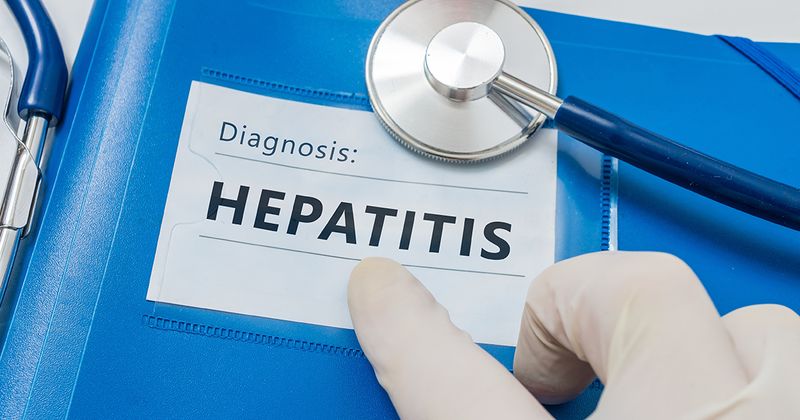Adenovirus re-emerges as likely culprit in 2022 outbreak of acute hepatitis in children
Key takeaways:
- Adeno-associated virus 2, with at least one “helper virus,” was detected in 93% of acute severe hepatitis of unknown etiology cases.
- Adeno-associated virus 2 infection may contribute to hepatitis pathogenesis and/or severity.
A 2022 outbreak of unexplained acute severe hepatitis in children has been linked to a strain of adeno-associated virus 2, supporting the theory that disease pathogenesis results from viral coinfection, according to data reported in Nature.
Since October 2021, more than 1,300 children in 35 countries have developed acute severe hepatitis of unknown etiology, with the United States and the United Kingdom accounting for 65% of global cases, according to recent WHO data.

Early in the outbreak, adenovirus along with past or current COVID-19 infection were primary suspects, with WHO officials citing that these viruses were likely independent or collaborative causes that resulted in hepatitis; however, these viral coinfections were not found in all reported cases.
“Although previously reported as a severe and potentially fatal disease in immunocompromised patients, hepatitis from adenovirus infection had been thought to be rare in immunocompetent children without underlying comorbidities,” Charles Chiu, MDPhD, director of the UCSF Clinical Microbiology Laboratory, and colleagues wrote. “Adenoviruses, particularly [adenovirus type 41], have been found in the blood from a majority of outbreak-associated cases of acute severe hepatitis from Scotland, the U.K. and the U.S., although it is unclear whether this virus is causative.”
They added: “Importantly, [adeno-associated viruses (AAVs)] require a helper virus, such as a herpesvirus or adenovirus, for productive infection, although the contribution of AAVs to hepatitis remains unclear.”
To determine which viral infections were associated with severe hepatitis in children, Chiu and colleagues conducted a series of PCR tests, along with metagenomic sequencing and molecular-testing on plasma, whole blood, nasal swab and stool samples from pediatric cases (n=16) in six states — Alabama, California, Florida, Illinois, North Carolina and South Dakota — from Oct. 1, 2021, to May 22, 2022. All patients met the clinical definition for unexplained hepatitis established by the CDC: lack of confirmed etiology for hepatitis; liver enzyme levels greater than500 UL; age less than 10 years, and; onset on or after Oct. 1, 2021. These specimens were then compared with 113 control samples.
According to study results, adeno-associated virus 2 (AAV2) was detected in 93% of unexplained hepatitis cases (n=13) and human adenoviruses were detected in 100% of cases. The researchers also reported that adenovirus type 41 was found in 79% of cases (n=11), while adenovirus type 40 and adenovirus type 2 were each found in 7.1% of cases. Additional coinfections with Epstein-Barr, herpes and enterovirus were detected in 85.7% of cases, but reported rarely in the control group (P<.001).
“Taken together, these findings show a significant association between coinfection by AAV2 and one or more hepatotropic viral pathogens and clinical manifestations of severe acute hepatitis, although a direct causal link has yet to be confirmed,” the researchers wrote.
Chiu and colleagues suggested that social-distancing practices during the COVID-19 pandemic, including school and daycare closures, could have fostered a vulnerable population of children without typical immunity to common childhood viral pathogens due to a lack of exposure.
“This may explain the increased proportion of cases with multiple viral infections observed in the current study, including from AAV2, that we speculate may have increased the likelihood of more severe disease manifestations such as hepatitis,” they wrote. “AAV2 infection may contribute to the pathogenesis and/or severity of the hepatitis, or alternatively, may be a non-pathogenic marker of liver inflammation. Further studies, including serosurveillance and cell culture and animal model studies, are needed to investigate a potential causal role AAV2 infection may play in this disease.”
Healio has closely followed the development of this outbreak since the initial WHO alert in April 2022 and has compiled a timeline of our coverage to the present . This timeline, based on data gathered and analyzed by Healio with articles written by its journalists, provides a framework for what global health experts still do not know about this puzzling hepatitis outbreak.
